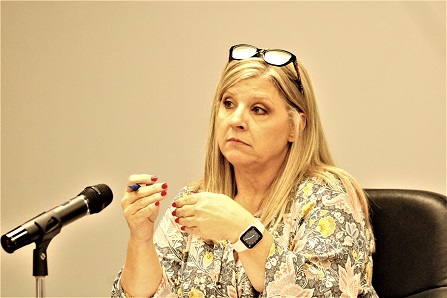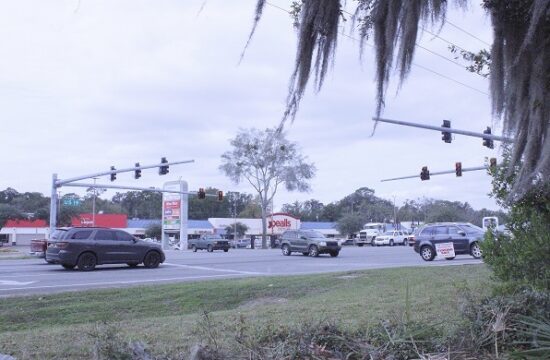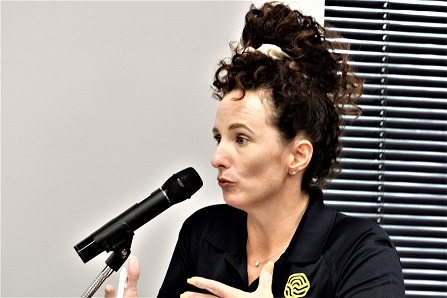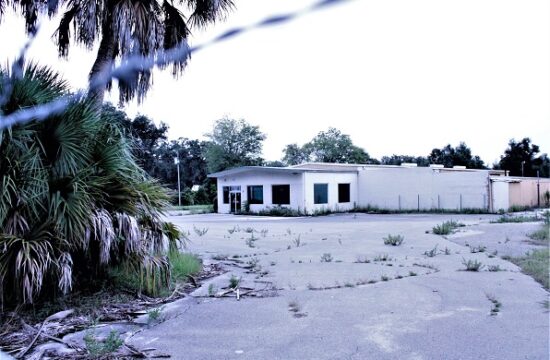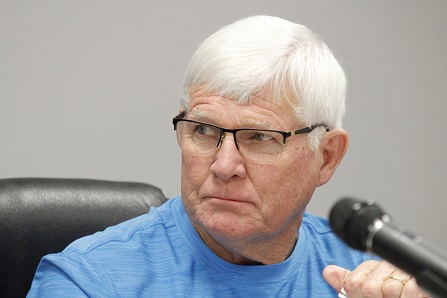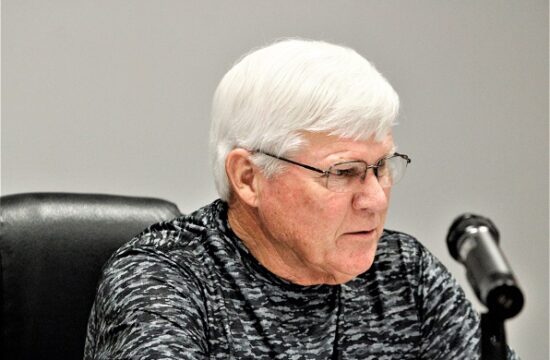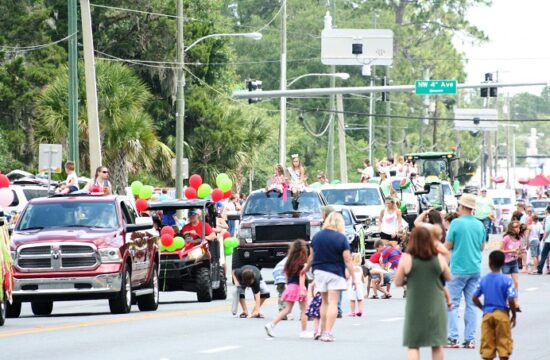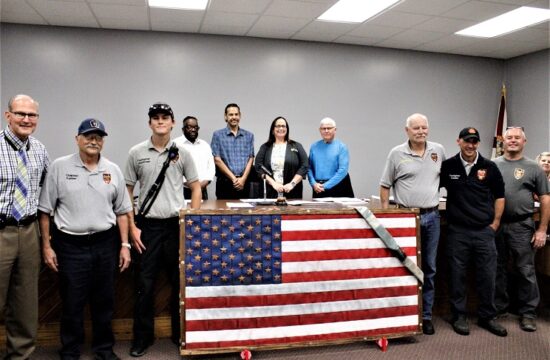By Terry Witt – Spotlight Senior Reporter
Levy County Department of Public Safety Director Mitch Harrell this week confirmed it’s not unusual for 80 to 90 percent of the calls run by municipal fire departments to be medically related.
The question of how many Emergency Medical Service calls are run by city fire departments was raised by Spotlight after Chiefland Fire Chief Dwayne King told city commissioners Monday that statistics show 91 percent of his department’s calls are for EMS.
That number seems a bit high, a reporter said.
“It’s not when you’re the man not breathing lying there,” King responded.
Harrell was asked in a phone interview if King’s statement that 91 percent of his department’s calls were EMS related seemed high.
“Probably not,” Harrell responded. “A general rule of thumb is around 85 percent for a fire department and it depends on the community. It’s more for some than others. In general, you can figure 80 to 90 percent in that range of your total calls is going to be EMS or what would be categorized as EMS. A vehicle accident could be categorized as EMS depending on how you count it. It could also be counted as fire suppression activity due to the potential of fire if there’s a lot of gas leakage or something like that. Ninety percent does sound a little high but it doesn’t sound out of reason.”
Fire Departments Dispatched to EMS Calls
Harrell said he doesn’t know if fire departments are required by state law to respond to EMS calls. He said he knows departments often respond to an EMS call when they know the ambulance is responding from a significant distance away from the patient. He said if EMTs/firefighters arrive before the ambulance, they can give a patient CPR to keep them alive until the ambulance arrives on scene. Dispatchers nearly always dispatch firefighters to EMS-related calls in the modern era.
“They can help with CPR. They may have a CPR assist device as one piece of their equipment. They have AEDs, commonly called automatic defibrillators, to restart the heart,” Harrell said.
Harrell was asked what year fire departments were first expected to respond to most EMS calls. He said he wasn’t certain of the exact year, but it was 30-plus years and may have started as long as 40 years ago.
“EMS has not been around a long-time as far as what we think of as EMS today. The first paramedics were in the late 1970s or early 80s and they were expected to do as ambulance responders. Some of them were initially run by funeral homes. It has evolved into what it is. We’ve done such a good job with 911 education-wise throughout the country that people call 911 for everything,” Harrell said.
Transporting Patients to Hospitals
He said people can call 911 if they feel they are in an emergency. The ambulance paramedic and EMT can determine if the person should be transported to the hospital. If the ambulance crew doesn’t think the patient needs hospitalization, but the patient does, the patient is transported to the hospital.
“The way the statute reads in the State of Florida if you’re a primary care provider, and Levy County is a primary care provider in Levy County – if someone wants to go to the hospital, we have to take them to the hospital,” he said. “I believe most folks that call 911 are having an emergency and they don’t know how to deal with it. That’s why they call 911. It may not be a life-threatening emergency to us when we get there because of our training, but that doesn’t mean it’s not an emergency. Hopefully, we can reach people and reassure them what the situation is, and if they need to go to the hospital, or they need us to take them, we will take them to the hospital.”
The discussion by King about the number of EMS calls to which his department responds arose during a discussion by the city commission about how much funding Chiefland taxpayers provide for fire services versus what the county commission provides the city for coverage outside the city limits.
City vs. County Fire Funding
King said city taxpayers provided $443,000 in funding in the current city budget for fire services. The city funding includes fire tax and ad valorem taxes, compared to $342,000 from the county fire tax. But he added the county is also giving the city about $140,000 in new radios for the county’s new communication system this year. He said the county also provides medical supplies to the city.
The fire chief said one of the issues he would like to address in the new contract with the county is that the Fowlers Bluff fire station isn’t staffed with volunteers much of the time, resulting in Chiefland firefighters having to travel to Fowlers Bluff for fire calls. Fowlers Bluff is in District 6, Chiefland is in District 7.
Fowlers Bluff Calls
King said he doesn’t consider the city’s responses to Fowler’s Bluff calls to be mutual aid because Fowlers Bluff has no fire department or volunteers. He would also like to address the fact that the city covers all the fire calls in Otter Creek and a 200-square-mile region outside Otter Creek. He said when the Otter Creek fire department disbanded years ago, the county transferred the money it had been giving the Otter Creek Fire Department to Chiefland, but that arrangement only lasted a year. The county stopped giving Chiefland Otter Creek’s fire money because Otter Creek no longer had a fire department. In the modern era, Otter Creek pays Chiefland $5,700 annually to provide fire services. King said the city isn’t in a deficit as far as answering calls in Otter Creek because there aren’t many calls. The expense arises from the distance traveled to the calls.
Harrell said he hasn’t had any discussions with county commissioners this year about funding levels for municipal fire departments. He said the commission is aware that the city has begun discussions about how much money the county contributes for fire services in District 7, which is Chiefland’s district. King meets regularly with Harrell.
King told city commissioners his department responds to most of the calls in Fowlers Bluff.
“That would be as it stands right now, probably a very accurate statement,” Harrell said. “In the next couple of months, I suspect, we’ll be having those conversations.”
Good Diplomatic Relations
Mayor Chris Jones reminded commissioners the relationship between county government and the city regarding fire funding and other issues is at a high point. He said he would like to retain good diplomatic relations with the county as discussions begin on county funding.
Last year, the county commission gave all of the city fire departments a 15 percent increase in funding over the previous year. The county commission imposes a fire tax to pay for fire services in the county’s unincorporated areas. It pays city fire departments money to respond to fires outside their city boundaries.
King said the city is providing about $100,000 more than the county for operation of the city fire department. He would like to find a way to recoup that money. Commissioner Norman Weaver asked King to give the commission options for how to approach the issue of recouping that money.
The county commission doesn’t specifically pay cities to respond to EMS calls. The board gives each city a lump sum amount and expects the municipalities to use the money as they see fit.
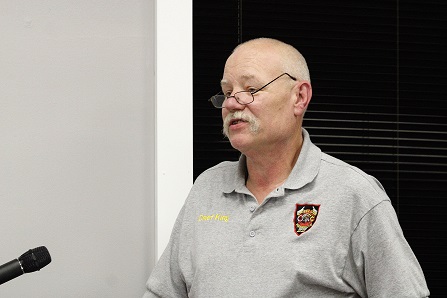
—————–
City of Chiefland Regular Meeting February 27, 2023; Posted March 2, 2023



